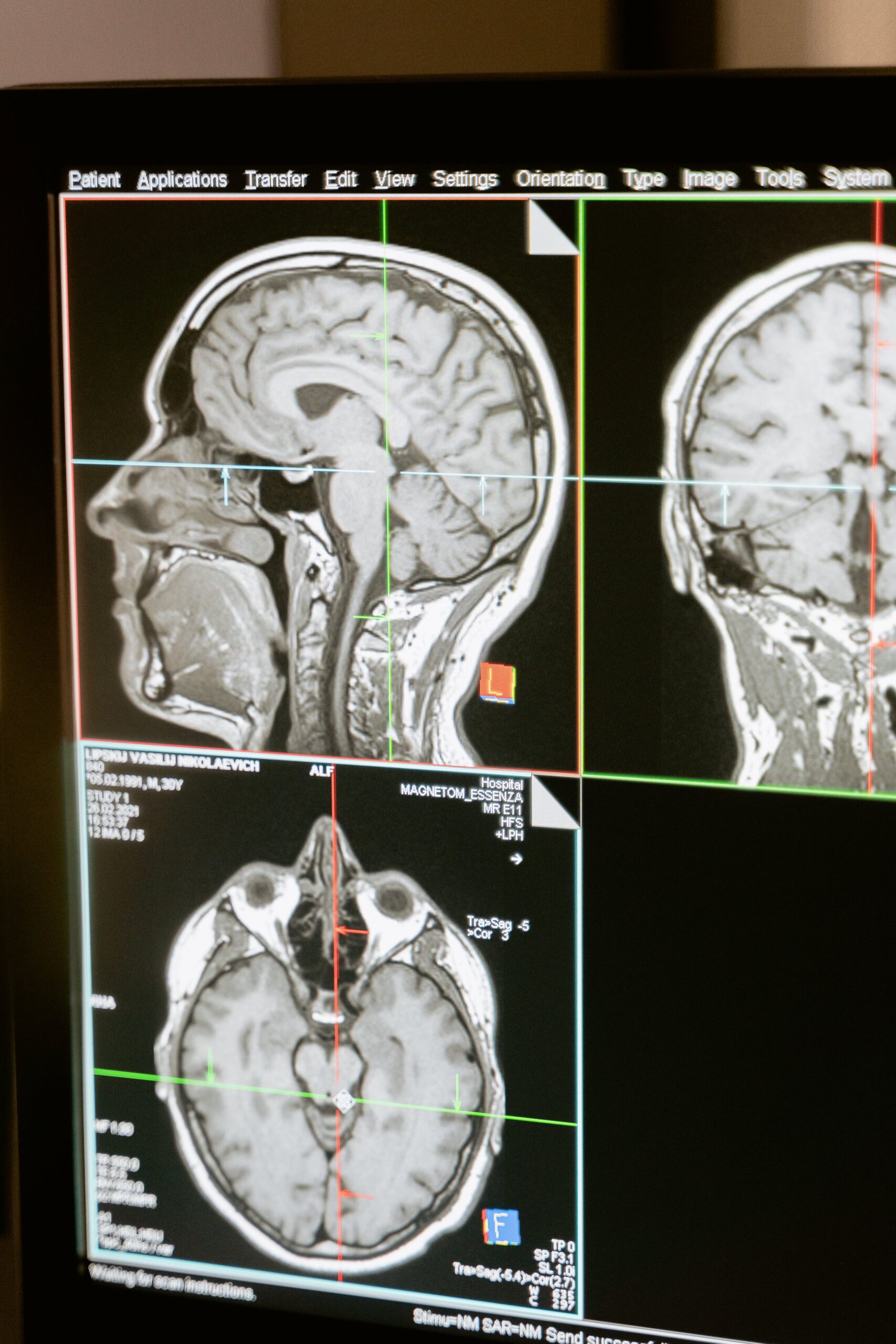Introduction: Computed Tomography (CT), a groundbreaking technology, has revolutionized the field of medical imaging, engineering, and scientific research by enabling the creation of three-dimensional (3D) images. In this article, we will delve into the intricate world of CT technology, emphasizing its principles, technological components, and a wide range of applications.
Part 1: Principles of Computed Tomography
1.1 Basic Concepts of Tomography: Computed Tomography, often referred to as CT or CAT scan, operates on the fundamental principle of X-ray imaging. X-rays are projected through the object being scanned, and detectors measure the amount of X-ray radiation that passes through. Different tissues absorb X-rays to varying degrees, creating contrast in the images. Cross-sectional images are obtained at multiple angles, providing a detailed view of the object's internal structure. The concept of cross-sectional imaging is instrumental in diagnosis, treatment planning, and research across various domains.
1.2 Historical Development: The history of CT is marked by significant milestones, beginning with Sir Godfrey Hounsfield's invention of the first CT scanner in 1971. This early scanner employed a single X-ray source and detector to create cross-sectional images. Subsequent developments included multi-slice scanners, which significantly reduced scan times, and advancements in detector technology. The journey from Hounsfield's groundbreaking work to today's state-of-the-art CT scanners illustrates the relentless pursuit of innovation in medical imaging.
1.3 Principles of Slices and Image Reconstruction: CT scanners create cross-sectional images, or "slices," which are then computationally reconstructed into 3D representations of the object. The mathematics behind image reconstruction involves complex algorithms, including filtered back projection or iterative reconstruction methods. These processes ensure that the final 3D image accurately represents the object's internal structure, providing invaluable information to clinicians, engineers, and researchers.
Part 2: Technological Aspects of CT for 3D Imaging
2.1 Types of CT Scanners and Their Applications: There are various types of CT scanners, each designed for specific applications. Fan-beam CT scanners are commonly used in diagnostic imaging, while cone-beam CT is favored in dentistry and image-guided radiation therapy. Multi-detector CT scanners with increased slice counts have become indispensable in rapidly acquiring high-quality images for various medical and scientific purposes. Spectral CT, a recent innovation, enables improved tissue characterization and material differentiation.
2.2 Detectors in CT: Detectors play a crucial role in CT by capturing X-ray data during the scanning process. Modern CT detectors are typically based on solid-state technology, such as scintillator and photodiode arrays, offering enhanced sensitivity and dynamic range. These advancements contribute to improved image quality, reduced radiation exposure, and the ability to capture images at varying energy levels.
2.3 Software for Data Processing and Reconstruction: Data acquired from CT scans undergo preprocessing and image reconstruction. Specialized software handles these tasks, applying filters and correction algorithms to reduce artifacts and enhance image quality. Post-processing software further refines the 3D images, allowing for tasks like virtual endoscopy, maximum intensity projections, and volume rendering.
Part 3: Medical Applications of 3D Imaging with CT
3.1 Cancer Diagnosis and Treatment: CT plays a pivotal role in the early detection of cancer by visualizing tumors and their surrounding structures in 3D. Additionally, it aids in radiation therapy planning, enabling precise targeting of cancerous tissues while sparing healthy ones. Real-world examples abound, showcasing how CT assists in the diagnosis and treatment of various cancers.
3.2 Surgical Navigation and Planning: Surgeons rely on 3D CT imaging for precise navigation during complex procedures. By preoperatively visualizing anatomical structures, surgeons can plan their approach and minimize surgical risks. Illustrative case studies underline the tangible benefits of 3D CT imaging in surgical contexts.
3.3 Personalized Medicine and Prosthetics: Customized medical solutions, such as patient-specific implants and prosthetics, have become feasible due to 3D CT imaging. These tailored interventions improve patient outcomes and quality of life. CT scans serve as the foundation for creating these personalized medical devices.
Part 4: CT in Engineering and Scientific Research
4.1 Non-Destructive Testing and Inspection: CT is increasingly used in non-destructive testing (NDT) and quality control across various industries, including aerospace, automotive, and materials science. It allows for the detailed examination of objects without compromising their integrity. Examples of CT applications in NDT range from inspecting complex industrial components to ensuring the structural integrity of composite materials.
4.2 3D Modeling for Research and Analysis: CT enables the generation of precise 3D models, facilitating research in archaeology, paleontology, and structural analysis. Researchers can examine intricate details of artifacts, fossils, and components, enhancing their understanding of the subject matter. Illustrative cases demonstrate how CT has advanced scientific understanding in these disciplines.
4.3 Archaeological and Paleontological Applications: Archaeologists and paleontologists harness the power of CT to explore the hidden secrets of ancient artifacts and fossils. By creating 3D reconstructions, researchers can non-invasively study these historical treasures, shedding new light on the past.
Part 5: Current Trends and Future Prospects
5.1 Advancements in CT Technology: The field of CT continues to evolve with improvements in image quality, radiation dose reduction, and faster scanning times. Artificial intelligence (AI) is being integrated into CT for automated image analysis and interpretation, streamlining diagnostic processes.
5.2 Emerging Applications: As technology advances, CT is expected to find applications in novel areas, such as space exploration for non-invasive planetary analysis or environmental monitoring to assess ecological changes. The future of CT promises further adaptation and innovation.
Conclusion: In conclusion, 3D imaging with computed tomography stands as a multifaceted and transformative technology with far-reaching implications across various fields. Its principles, technological components, and diverse applications continue to drive innovation and reshape the way we visualize and analyze the world around us. As we embrace new horizons in CT technology, the possibilities for future breakthroughs remain boundless.
